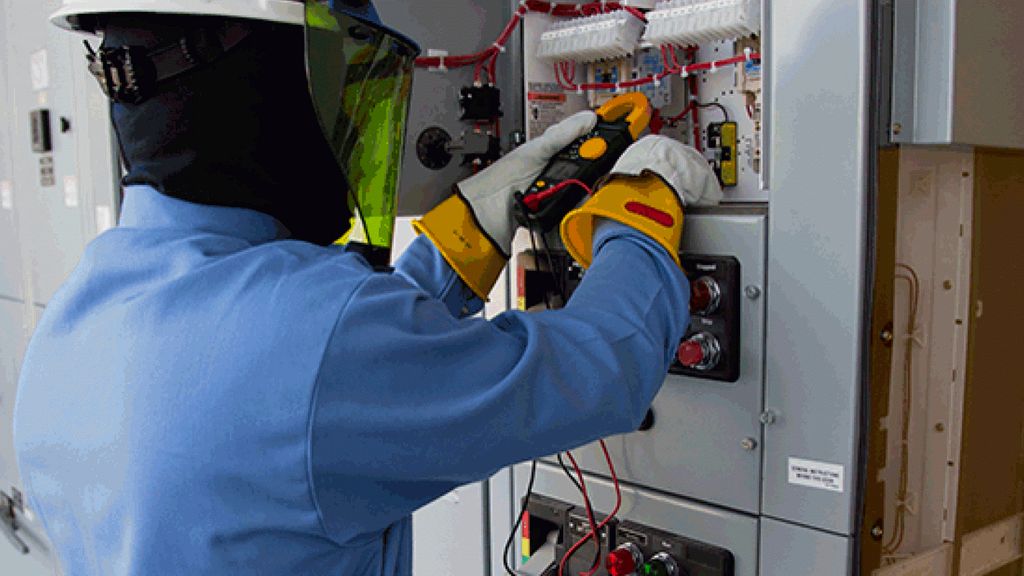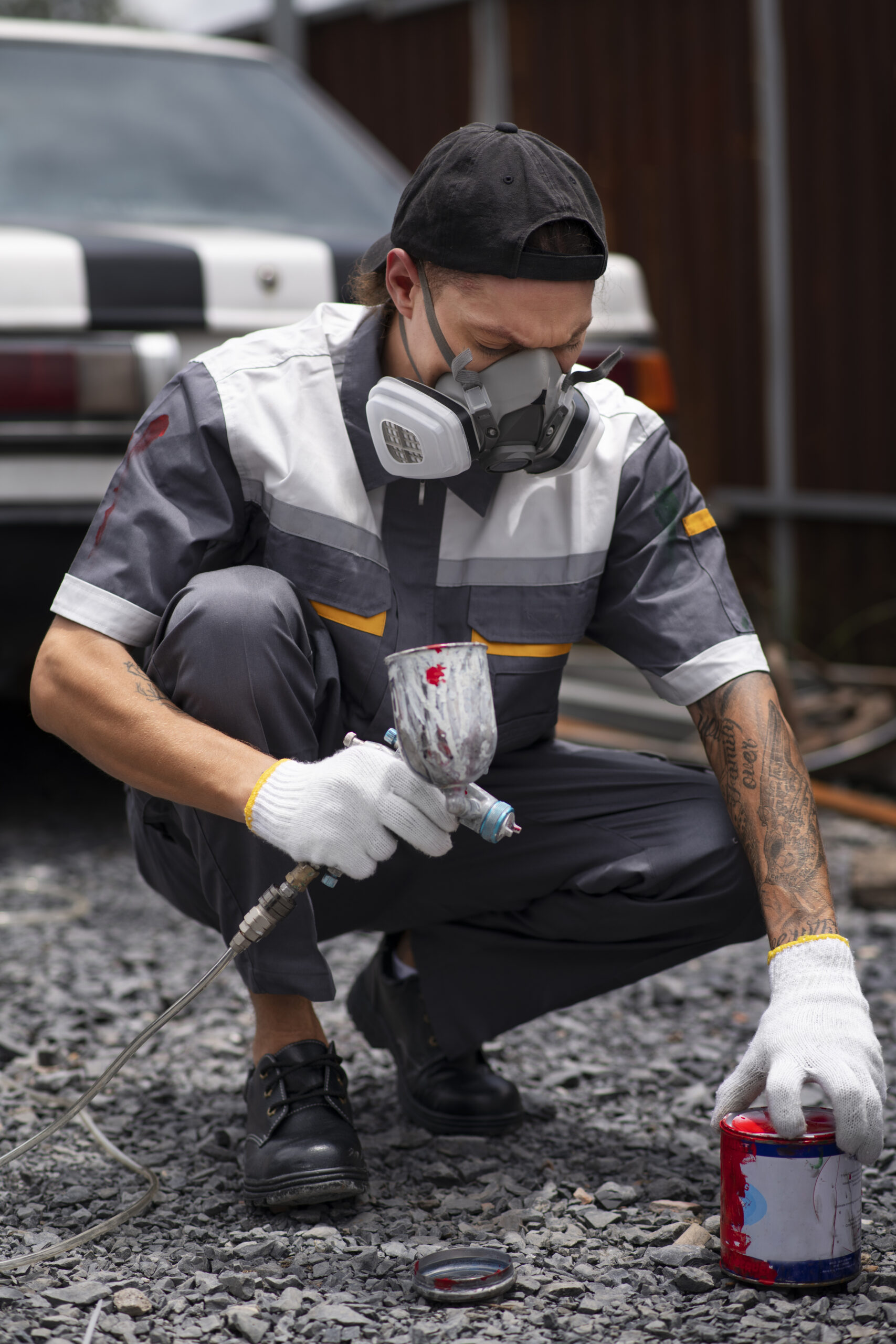When discussing the hazards in electric installation work, it is imperative to recognize the significance of safety and precision. All construction and renovation work requires electrical installations to work properly. Even with proper conduct, significant hazards can arise when workers show negligence or handle their tasks incorrectly. Identifying these hazards creates essential conditions for the safety of workers and the public.
We will analyze the safety issues related to electrical installation operations in this article. Awareness of these risks helps contractors and their workers to create protective measures. We will now explore detailed aspects to boost safety recognition and enhance awareness in this domain.
Understanding Hazards in Electrical Installation Work
Hazards in electrical installation work involve numerous challenges. These challenges range from technical intricacies to environmental factors. Insufficient risk management produces significant adverse results. A few major workplace risks that are encountered in this field are given below.
Electric Shock
Electric shock is one of the most common hazards in electrical installation work. Direct contact with electrical components causes this situation. A minor electrical voltage can easily result in fatal injuries or fatalities. A standard safety protocol requires professionals to verify that every circuit has lost power before starting work.
Electrical Fires
Electrical fires pose an extreme threat to property and human lives. Regular safety inspections and safety standards compliance minimize electric hazard to occur. Fire can be the result of the following faults:
- Overloaded circuits
- Faulty wiring
- Inadequate connections
Arc Flashes
Electric energy suddenly bursts outward from electric arcs, which create arc flashes. Greater heat combined with pressure generated by an arc flash disaster causes serious burns to the body and severe injury. Proper equipment and regular maintenance can prevent this risk.
10 Dangers of Electricity in Electrical Work
Electrical work encompasses several risks beyond the obvious ones. Let us discuss the 10 dangers of electricity to understand how broad safety measures can protect workers:
- Electric Shock – Direct contact with electrical components.
- Electrical Burns – Resulting from high-voltage exposure.
- Fire Hazards – Caused by overloaded circuits.
- Explosions – Due to improper handling of flammable materials.
- Overheating – Resulting from faulty installations.
- Falls and Injuries – Often caused by electrical tools malfunctioning.
- Arc Flash Burns – High-intensity arcs causing severe injuries.
- Hearing Damage – Noise from electrical explosions or arc flashes.
- Vision Impairment – Sudden bright flashes causing eye injuries.
- Electrical Equipment Damage – This leads to costly repairs or replacements.
Preventing Hazards in Electrical Installation Work
The systematic assessment of electrical work is essential to address these issues. When working together contractors and workers must follow best practices to create safe working spaces. Below are some preventive measures:
Use the Right Tools and Equipment
Invest in high-quality tools designed for electrical work. Failure of equipment to meet industry standards worsens the risk. Regular inspection of tools prevents accidents from occurring.
Follow Safety Standards
Contractors and workers to save their lives must follow safety guidelines. You need to know all relevant safety rules in your area and follow them exactly. The company OSHA offers complete instructions that help firms maintain workplace safety standards.
Role of Electrical Estimating Services
Accurate estimation and preparation are vital for risk mitigation. Electrical Estimating Services detect potential risks during the estimation stage and enhance efficiency and workplace security.
Mechanical Estimating Services Support Electrical Projects
Though distinct, Mechanical Estimating Services complement electrical projects. These services evaluate mechanical works that interact with electrical systems. Accurate estimations in this domain ensure better project integration and reduce potential hazards.
Best Practices to Ensure Safety
To enhance the safety standards, follow these practices:
Lockout Procedures
De-energize circuits and equipment during maintenance or installation. Lockout procedures ensure that no one powers up equipment during work.
SMA MEP Estimate stands out for its matchless expertise in estimating services. Their team ensures accurate project evaluation and helps clients avoid risks. By choosing them as your project partner, you gain access to:
- Precise estimations for electrical and mechanical components.
- Advanced tools for cost and risk evaluation.
- A reliable partner dedicated to safety and efficiency.
Wear Personal Protective Equipment (PPE)
Gloves, helmets, and safety glasses are essential tools for protecting workers. Wearing Personal Protective Equipment defends workers against the following accidents:
- Shocks
- Burns, and
- Other workplace injuries
Training and Education
Ensure all workers get proper training to handle electrical work. Knowledge about hazards and safety methods can save lives.
Conduct Risk Assessments
Identify potential risks before you start any electrical project. It will help planners to plan projects effectively.
Conclusion
Finding and addressing the hazards in electrical installation work is critical for ensuring safety. By knowing risks like electric shocks, fires, and arc flashes, experts can implement preventive measures. Awareness and expert support from SMA MEP Estimate ensure safer execution. Take charge of your projects today. Collaborate with experts for the best mechanical estimation services. Your safety and success are their priority!
Also Read
- ► How Glutax 50000000GS Supports Healthy, Youthful Skin Beyond Whitening
- ► Cloud Computing in Healthcare: How Providers Are Enabling Innovation
- ► Everything You Need to Know About Choosing the Best Vape Juice for Your Vaping Needs
- ► Kashmir Great Lakes Trek: A Complete Guide for First-Time Trekkers
- ► Live Cricket Gaming – Play & Earn Real Money Daily
- ► Corteiz Cargos The Perfect Fusion of Style and Functionality
- ► Emergency Fixes for a Blocked Drain Before Calling a Plumber
- ► University of Greenwich Courses: Guide by Trivandrum Experts
- ► Master Dissertation Help
- ► 5 Common Roofing Mistakes Homeowners Make “And How to Avoid Them”
- ► Mastering Cue Cards: Tips to Speak Confidently and Fluently!
- ► Eco-Friendly Curtain Cleaning Solutions You Can Make at Home
- ► Designing Custom Pillow Packaging to Improve Customer Experience
- ► Flattering Plus-Size Blouse Styles for Every Occasion
- ► Your Search for the Best Diabetes Specialist Ends with Dr. Sanchayan Roy





